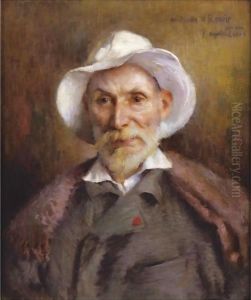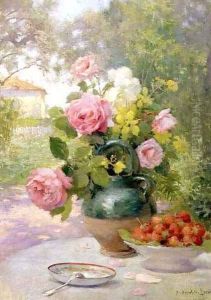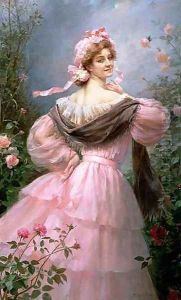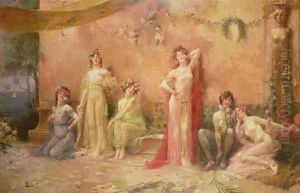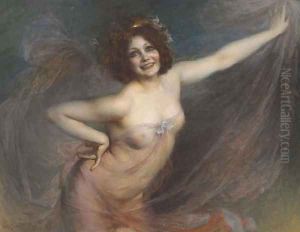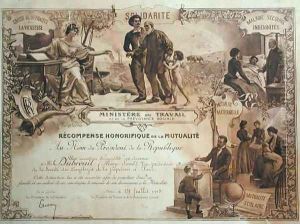Felix Hippolyte-Lucas Paintings
Félix Hippolyte-Lucas was a French painter born in 1814 in Paris. He was known for his landscape paintings and his work as a decorator. Lucas studied at the École des Beaux-Arts in Paris, which was the preeminent art school in France, and he learned from prominent artists of the time. His studies provided him with a solid foundation in the techniques of painting and decoration, which he later applied to his own work.
Lucas’s career spanned much of the 19th century, a period that was characterized by significant changes in the art world, including the rise of Romanticism, Realism, and Impressionism. Despite these evolving artistic movements, Lucas maintained a traditional approach to painting. His landscapes reflect a keen observation of nature and often convey a sense of tranquility and timelessness. This was in contrast to some of his contemporaries who were experimenting with new styles and techniques that challenged traditional academic norms.
While Lucas may not have achieved the same level of fame as some of his contemporaries, he was nevertheless an accomplished artist of his time. His works were exhibited at the Paris Salon, an official art exhibition of the Académie des Beaux-Arts in Paris. The Salon was the most prestigious art event in the Western world during the 19th century, and having work displayed there was a significant accomplishment for any artist.
Throughout his career, Lucas also contributed to the decorative arts, which included the design of tapestries, murals, and other ornamental features for buildings. This aspect of his work highlights the broader skills that many artists of the time were expected to possess, beyond creating easel paintings. Lucas's contributions to the decorative arts are a testament to his versatility and his ability to adapt his artistic talents to different mediums and contexts.
Félix Hippolyte-Lucas died in 1899, leaving behind a body of work that, while perhaps not as widely recognized today, contributed to the rich tapestry of 19th-century French art. His paintings are part of the historical record of French artistic achievement, and they continue to be studied and appreciated for their beauty and craftsmanship.
